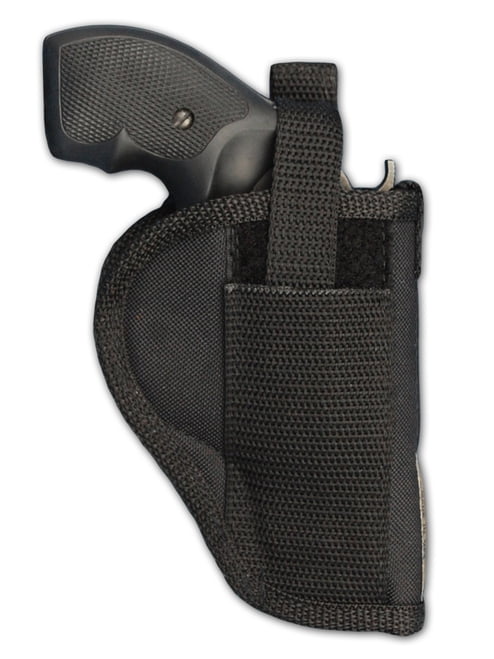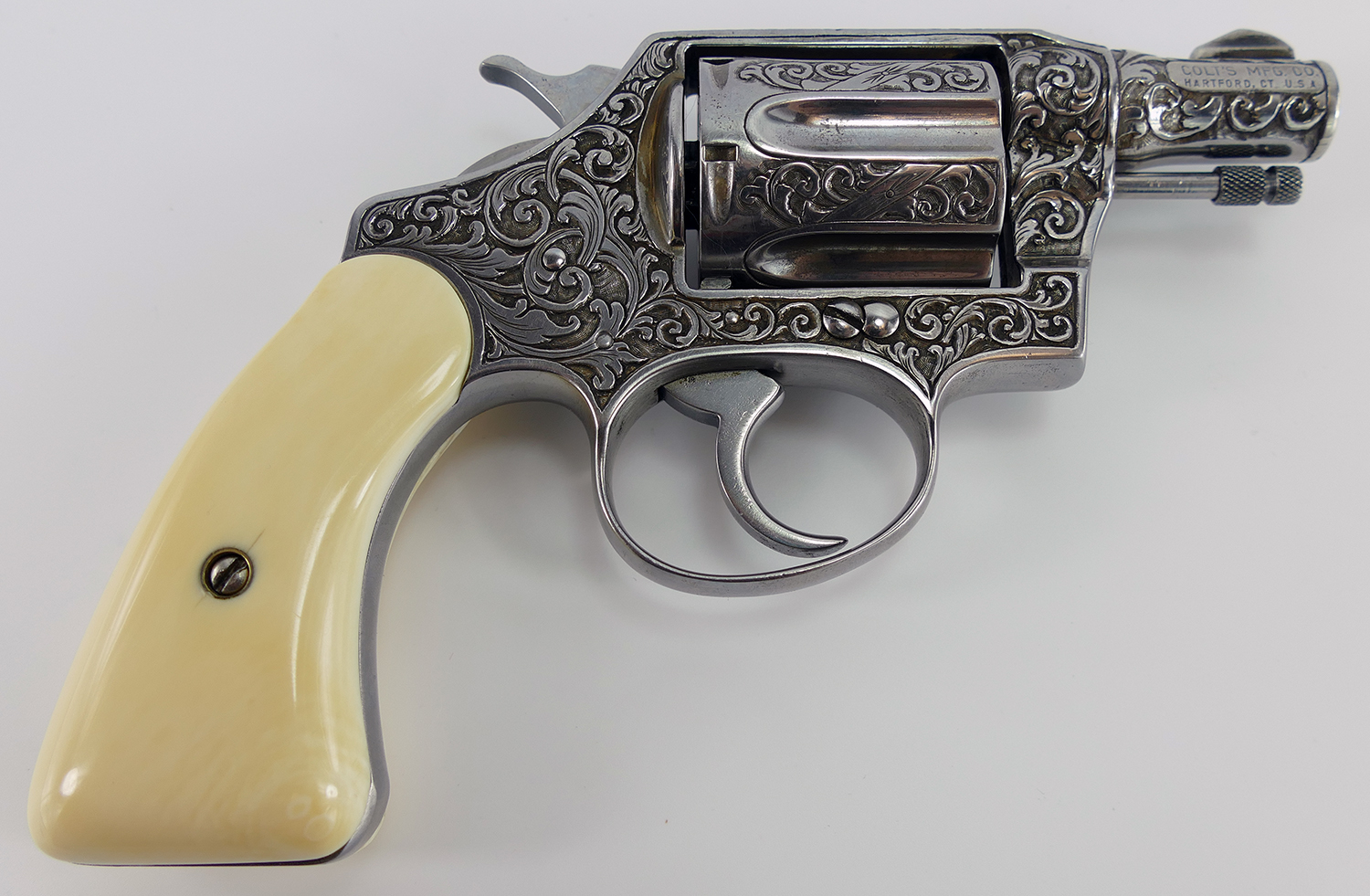

The leftover gas pressure basically makes the gun a rocket, rocketing backwards.įinally, the movement of the action in a semi-auto does to something to absorb some recoil, because some energy is required to move the slide.Īll this being said, I carry a 2.5 inch. HOWEVER, it doesn't stop accelerating the GUN. Second, once the bullet leaves the barrel, all that excess gas stops accelerating it. The less inertia that has to be overcome, the more recoil you feel. That's where you really feel newton's laws. 357 still kick more if it has less energy? The more barrel it has to travel, the faster it goes (until all powder is burned).īut! But! What about recoil? Why does the. Longer barrels allow more gas pressure to build, and the bullet continually accelerates as long as pressure is still building. 357 that can take advantage of the longer barrel.

Why? Because there is a shitload more powder in that. 357 is screaming along at 1511 FPS to the 9mm's 1061. Well if you look at the longer barrel lengths, the. So, as you can see, the 9mm clearly outperforms the magnum. 357, the velocity is 949 fps and the energy is 250 ft-lbs.įor the 9mm, the velocity is 1061 fps and the energy is 309 ft-lbs. 357 is out of a 2 inch and the 9mm is out of a 4 inch.įor the. 357 Federal JHP to the 124 GR Federal Hydra Shok JHP, as these are probably the most similar. I did the calculations based on the data on that site. So if you take the bullet weight in grains times the square of the velocity in FPS, then divide that number by 450400, you get the energy in foot-pounds. The number 450400 is a constant you need to divide it by because the english system of measurement is stupid. The formula to find muzzle energy is easy: E = M( V 2 ) / 450400Į= energy, M= mass (bullet weight), V= veloicty.


 0 kommentar(er)
0 kommentar(er)
